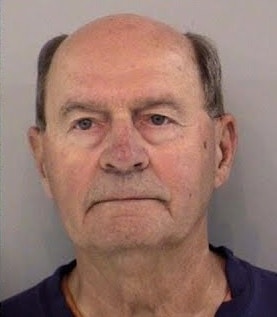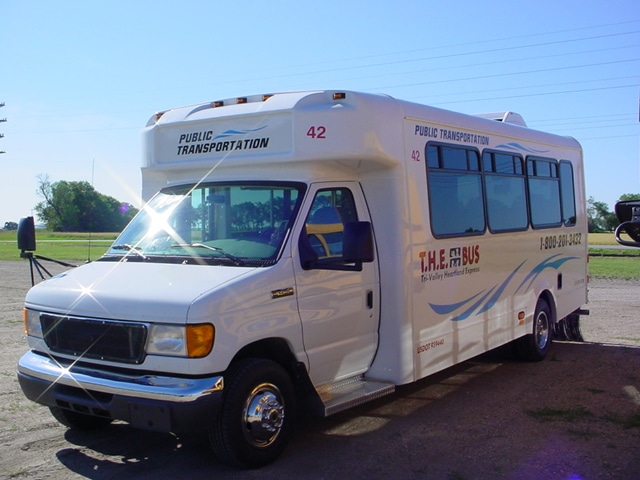Today’s fire prevention tip from the Crookston Fire Department is to install and test smoke alarms and carbon monoxide alarms. Today’s tips are presented by Crookston Firefighter Chris Klawitter who says smoke alarms should be installed on every level along with both inside and outside every bedroom in the house. “Smoke alarms are very important for the fact that they alert us of fire and save lives,” said Klawitter. “Smoke alarms are best put in every bedroom in the house, outside all sleeping areas and on every level of your home. If you have an extra-large home with bedrooms in different areas, we recommend extra ones so everyone can hear when the alarms go off.”
Special alarms are available for those who are hard of hearing or deaf according to Klawitter. “Interconnected smoke alarms are by far the best,” said Klawitter. “Once one of them is activated, they all go off so there is no question whether you can hear it or not. But battery ones work just fine also. If you have people that are hard of hearing or deaf there are special fire alarms that employ technology such as strobe lights or bed shakers. They aren’t something you’re going to buy at your typical hardware store, but they are available out there.”
Additionally, it is recommended that doors are closed as doors may slow the spread of smoke, heat, and fire. Roughly three out of five fire deaths happen with no smoke alarms or no working smoke alarms. Smoke alarms should be kept away from the kitchen and at least 10 feet from the stove to reduce false alarms. And all smoke alarms should be replaced when they are 10 years old.
CARBON MONOXIDE ALARMS
A person can be poisoned by a small amount of carbon monoxide over a long period of time or by a large amount of over a short period of time. In 2010, U.S fire departments responded to 80,100 non-fire incidents where carbon monoxide was found or an average of nine calls per hour.
According to Klawitter, code says carbon monoxide alarms should be installed within 10 feet of all bedrooms. “Carbon Monoxide alarms should be installed within 10 feet of all bedrooms which is the code for that,” said Klawitter. “So, depending on how your house is laid out you might need multiple alarms also. You can actually get alarms that are dual with smoke and carbon monoxide detection. With all Carbon Monoxide and smoke alarms make sure you test them every month. Replace the batteries twice a year – change the clock, change the batteries – is what we recommend.”
Additional tips for carbon monoxide alarms:
- Choose a carbon monoxide alarm that is listed by a qualified testing laboratory
- If the alarm sounds, immediately move to a fresh air location outdoors or by an open window or door. Make sure everyone inside the home is accounted for. Call for help from a fresh air location and stay there until emergency personnel declares it is safe to re-enter the home.
- If you need to warm a vehicle, remove it from the garage immediately after starting it. DO not run a vehicle or other fueled engine or motor indoors, even if the garage doors are open. Make sure the exhaust pipe of a running vehicle is not covered with snow.
- During and after a snowstorm, make sure vents for the dryer, furnace, stove, and fireplaces are clear of snow build-up.




